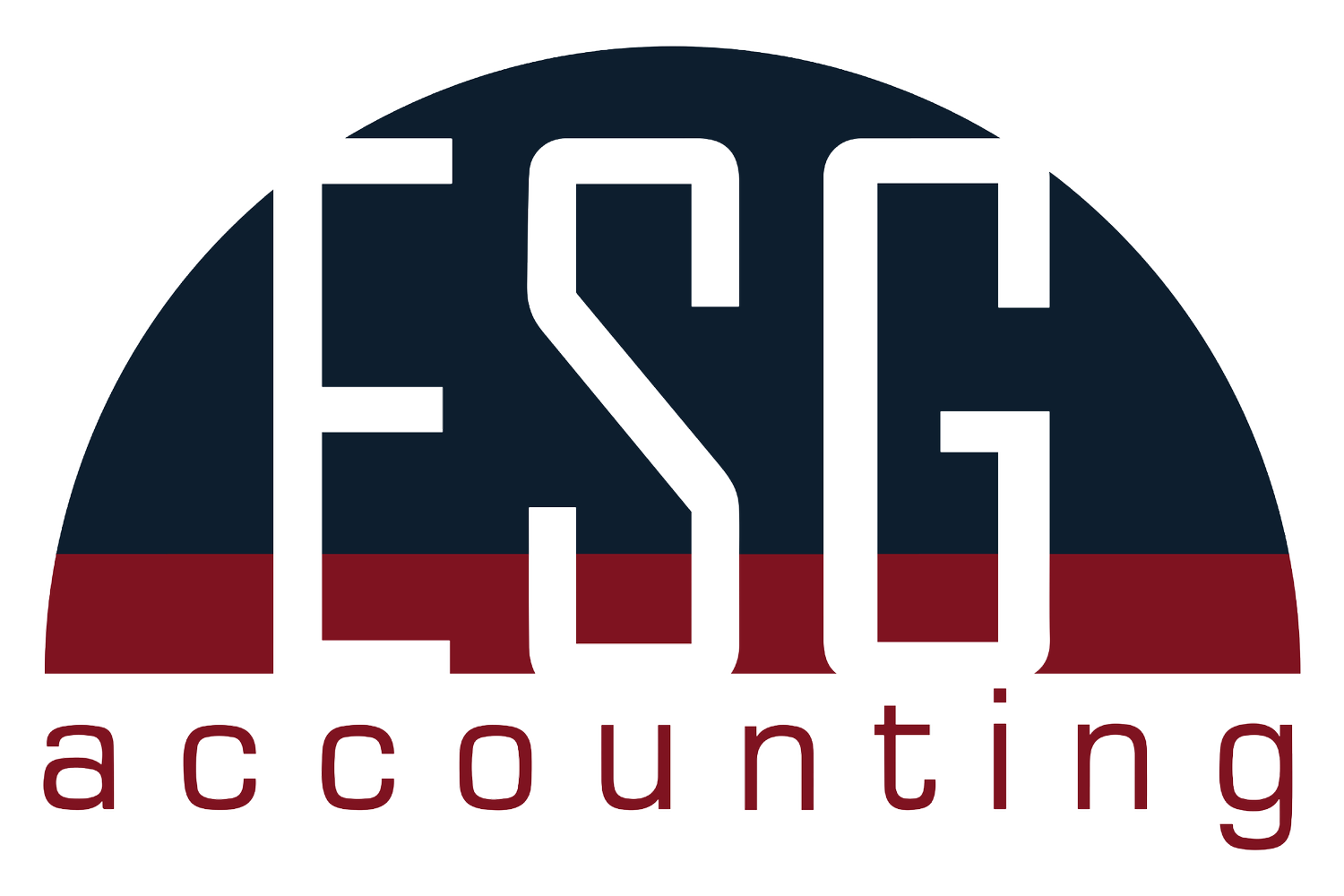Tax Structures for Businesses in the U.S.A: LLC, S-Corp, or C-Corp
In the U.S., selecting the appropriate tax structure is crucial for any business, particularly in the competitive restaurant industry. Understanding the differences between Limited Liability Companies (LLCs), S Corporations (S-Corps), and C Corporations (C-Corps) can help restaurateurs and small business owners make informed decisions. Each structure offers unique advantages and drawbacks in terms of taxation, liability, and operational complexity. Here, we compare the tax benefits and disadvantages of these three common business structures.
1. Limited Liability Company (LLC)
Overview: An LLC is a flexible business structure that offers limited liability protection to its owners, known as members. The LLC can choose to be taxed as a sole proprietorship, partnership, or corporation, making it one of the most adaptable structures.
Tax Benefits:
Pass-Through Taxation: By default, LLCs are pass-through entities, meaning that profits and losses are reported on the members' personal tax returns, avoiding corporate taxes at the entity level.
Qualified Business Income Deduction: Under the Tax Cuts and Jobs Act, LLC owners may qualify for a 20% deduction on qualified business income, reducing taxable income.
Flexible Tax Classification: LLCs can elect to be taxed as S-Corps or C-Corps, allowing them to tailor their tax treatment based on specific needs.
Tax Drawbacks:
Self-Employment Taxes: LLC owners are subject to self-employment taxes on their share of the business income, which can be higher compared to other structures.
State-Specific Taxes: Some states impose additional LLC fees, such as the annual franchise tax in California, increasing the cost of operation.
Best Suited For: Small restaurant owners and startups looking for flexibility and a simpler tax structure may benefit most from an LLC.
2. S Corporation (S-Corp)
Overview: An S-Corp is a special type of corporation that passes income, losses, deductions, and credits through to shareholders, avoiding double taxation. S-Corp status is available to LLCs and corporations that meet IRS eligibility requirements.
Tax Benefits:
Pass-Through Taxation: Like an LLC, S-Corp profits pass through to shareholders’ personal tax returns, avoiding corporate tax.
Reduced Self-Employment Tax: Shareholders can receive income as both wages and distributions, with only the wage portion subject to self-employment taxes. This can reduce overall tax liability, especially for owners in higher income brackets.
No Corporate Taxes: Since income flows through to the shareholders, S-Corps avoid corporate-level taxes, making them attractive for tax savings.
Tax Drawbacks:
Complex Setup and Maintenance: S-Corp shareholders must follow strict IRS regulations, including limitations on the number of shareholders (100 maximum) and restrictions on who can be a shareholder.
IRS Scrutiny on Wages vs. Distributions: The IRS requires shareholders to pay themselves a "reasonable salary," which may invite additional scrutiny to ensure fair taxation.
State-Level S-Corp Taxes: Some states, such as California, impose additional S-Corp fees or taxes that can increase operational costs.
Best Suited For: Restaurants with moderate to high income looking to reduce self-employment tax burdens without incurring corporate taxes.
3. C Corporation (C-Corp)
Overview: A C-Corp is a separate legal entity from its owners, offering the highest level of liability protection and operational flexibility. Unlike LLCs and S-Corps, C-Corps are subject to corporate income tax.
Tax Benefits:
Lower Corporate Tax Rate: The Tax Cuts and Jobs Act reduced the corporate tax rate to 21%, making it appealing for high-earning businesses. Additionally, C-Corps can retain profits at the corporate level for reinvestment without additional shareholder taxes.
Wide Deductible Benefits: C-Corps can offer a wider range of deductible benefits (such as health and retirement plans) for employees, including owners, making it attractive for businesses with significant employee benefits packages.
Attractive to Investors: C-Corp status is preferred by most investors and venture capitalists due to its ability to offer stock options and attract financing more easily than LLCs or S-Corps.
Tax Drawbacks:
Double Taxation: Profits are taxed at the corporate level and again at the shareholder level when distributed as dividends, which can reduce overall income.
Higher Complexity and Compliance Costs: C-Corps are required to adhere to rigorous reporting and compliance standards, which can be costly and time-consuming.
State-Specific Corporate Taxes: Like S-Corps, C-Corps may also face additional state-specific taxes and fees.
Best Suited For: Larger restaurant businesses or those seeking significant outside investment, long-term growth, or the ability to retain earnings within the corporation.
Conclusion
Choosing the right tax structure for a restaurant or food service business depends on factors such as size, profitability, and long-term growth plans. LLCs provide flexibility with pass-through taxation, S-Corps offer self-employment tax savings and simplicity, while C-Corps allow for corporate-level tax advantages but with double taxation. Each structure has specific implications for tax savings and compliance costs, making it essential for business owners to consult tax professionals to align their choice with their unique business needs.
